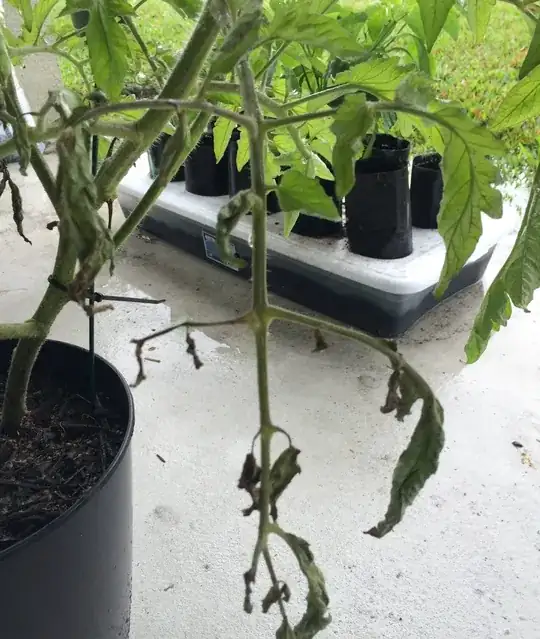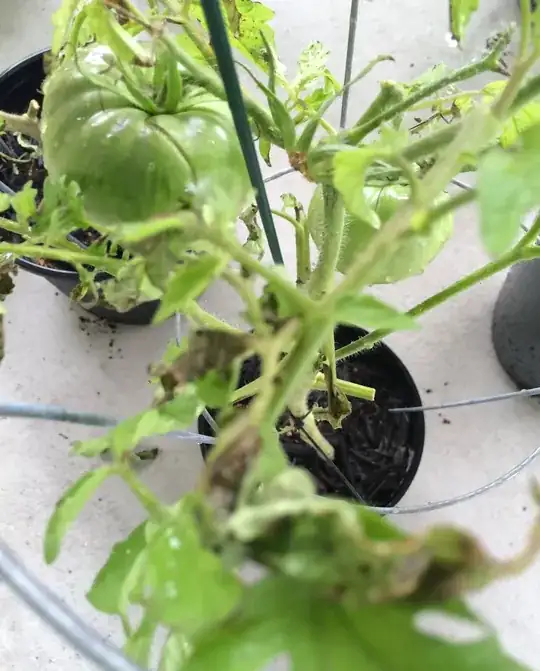I can't offer suggestions on your sick tomatoes, but I can tell you what worked for me against hornworms. We are pesticide and insecticide free here (except natural ones).
In my quest to remove invasives from this property, I came across Japanese (Chinese) Lantern this spring. I pulled A LOT until I noticed something was eating its leaves. I left a small patch of the plants (in case it was a "good" something). Later in the summer, I noticed tomato hornworm larvae on them, but no tomato hornworms on the tomato plants in the garden about 100ft away. All but one of the Lantern hornworms I saw were parasitized by the Braconid wasp, too.
So, it seems that Chinese/Japanese Lantern is an excellent decoy plant for tomato hornworm, at least here in USDA 6b/7a. It's noted that it can be invasive (http://www.gardenersnet.com/flower/chineselanterns.htm) but it's easy to control by pulling & only leaving a few lanterns to sprout next year. Be sure to plant nectar plants for the adult wasp near your decoy patch http://www.agardenforthehouse.com/2011/08/when-not-to-kill-a-tomato-hornworm/).
If you want to attract black-swallowtail butterflies and protect your carrot crop too, plant Golden Alexander and let the Queen Anne's Lace have some space too.
HTH. If this is TMI, feel free to edit.


